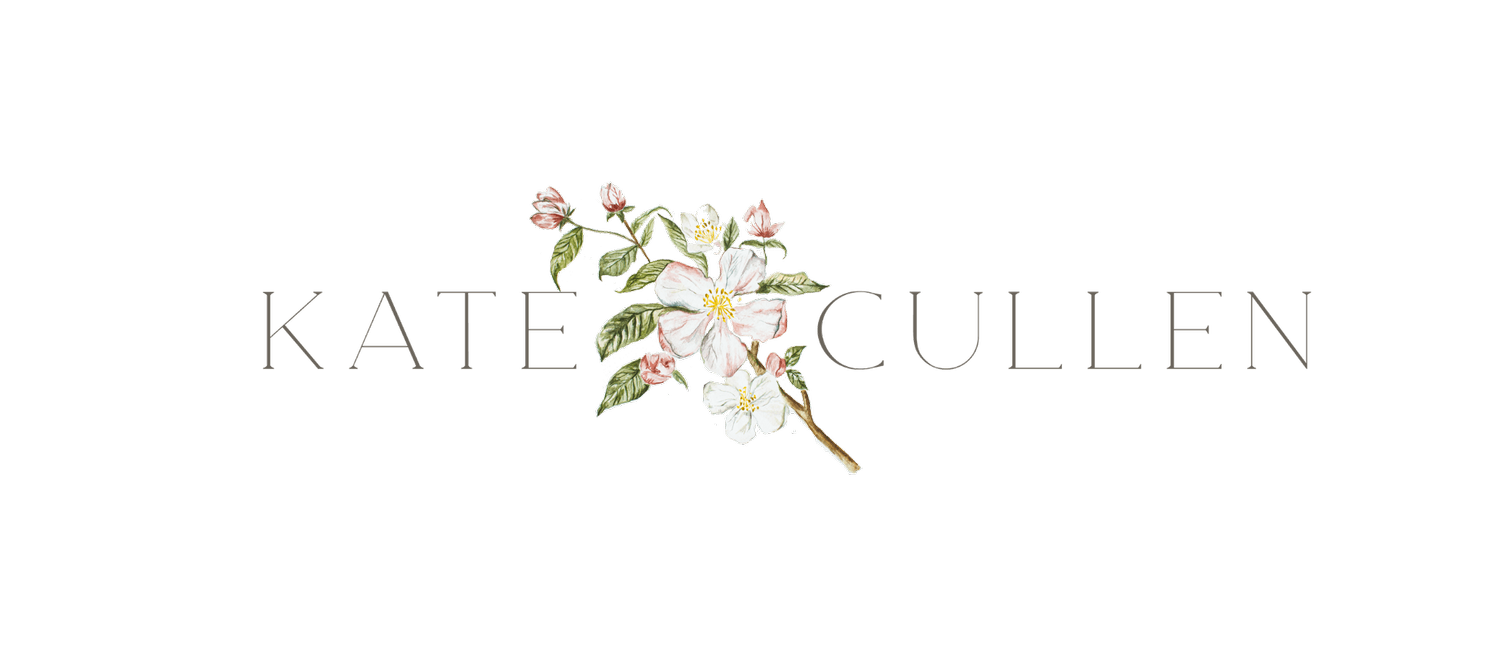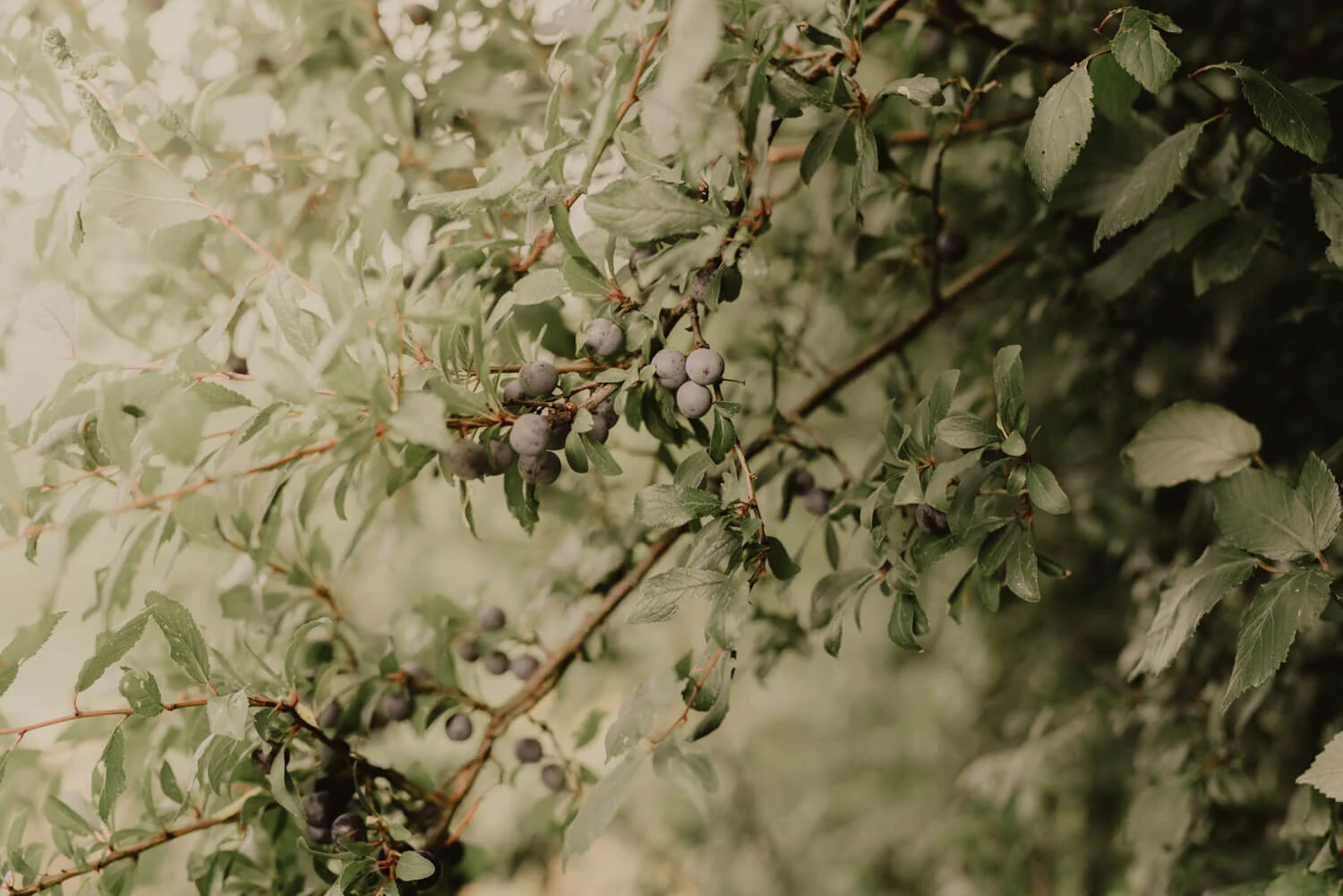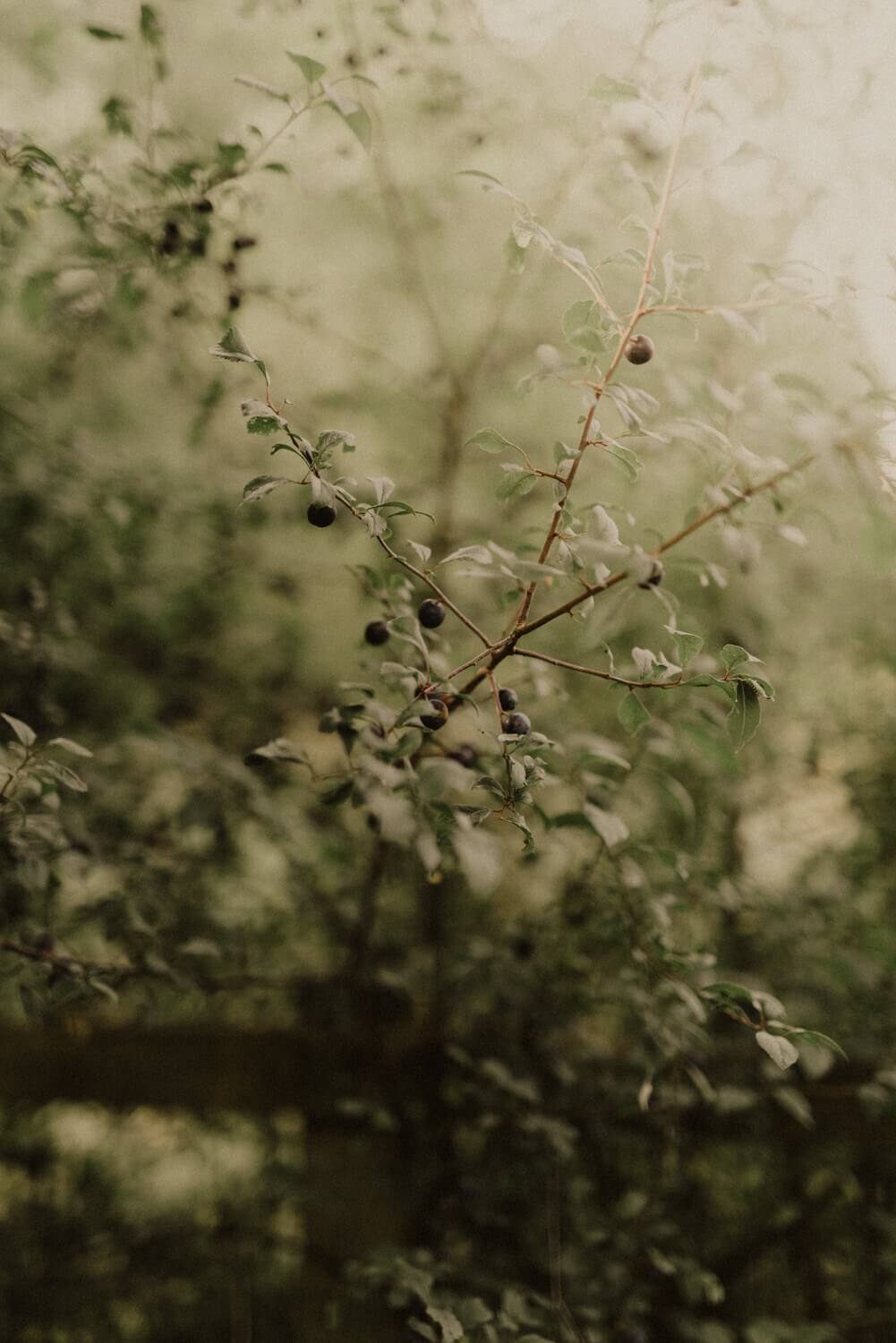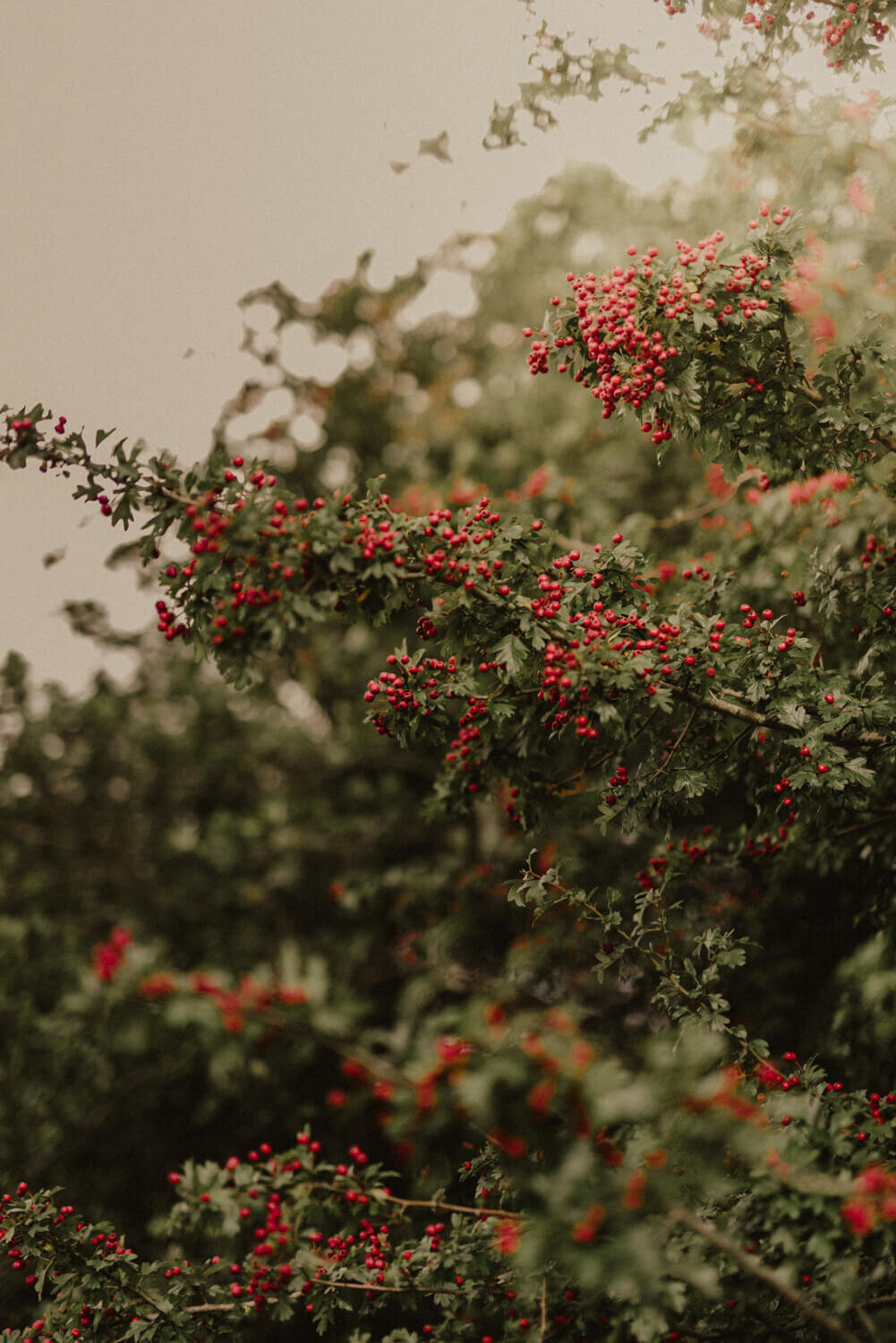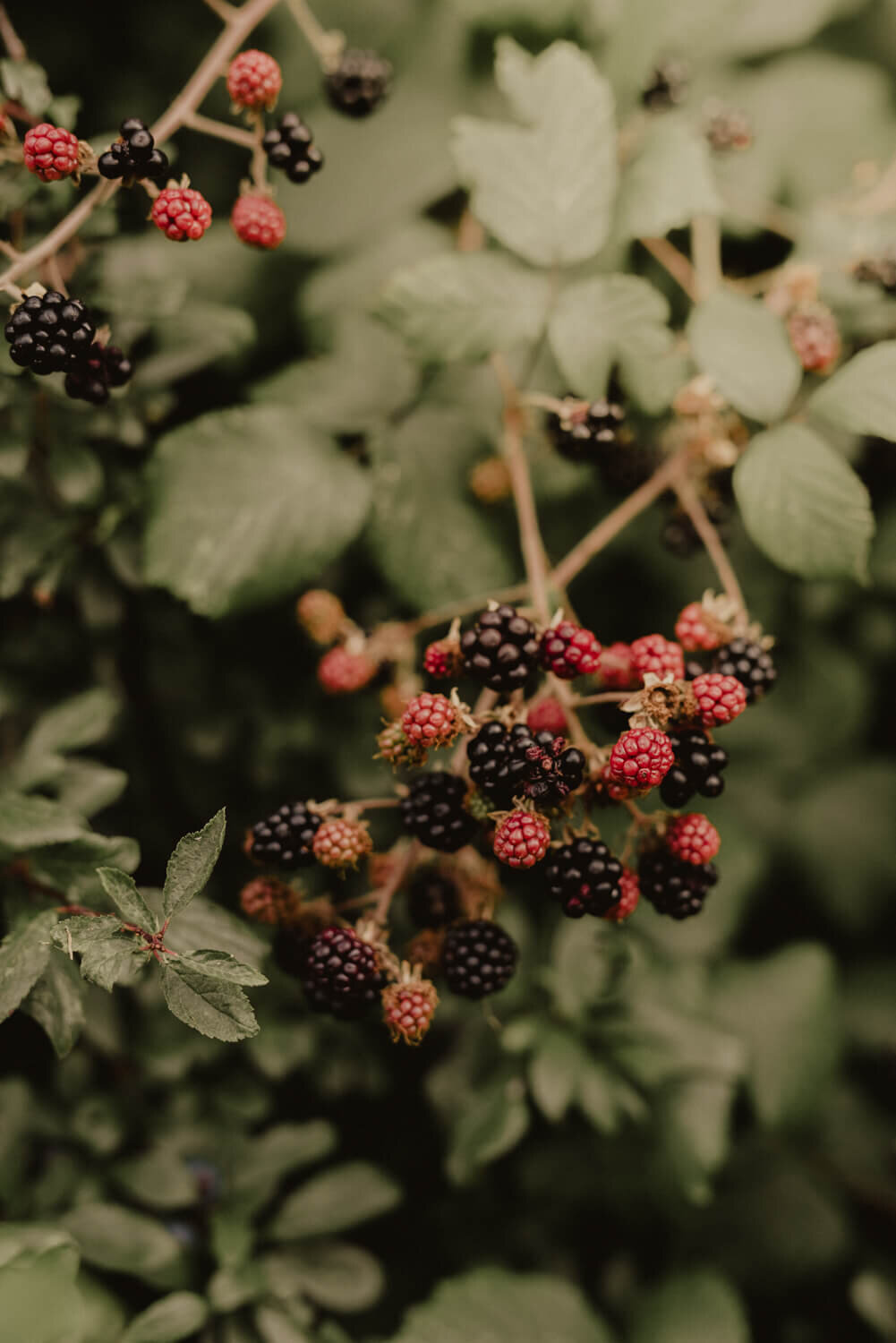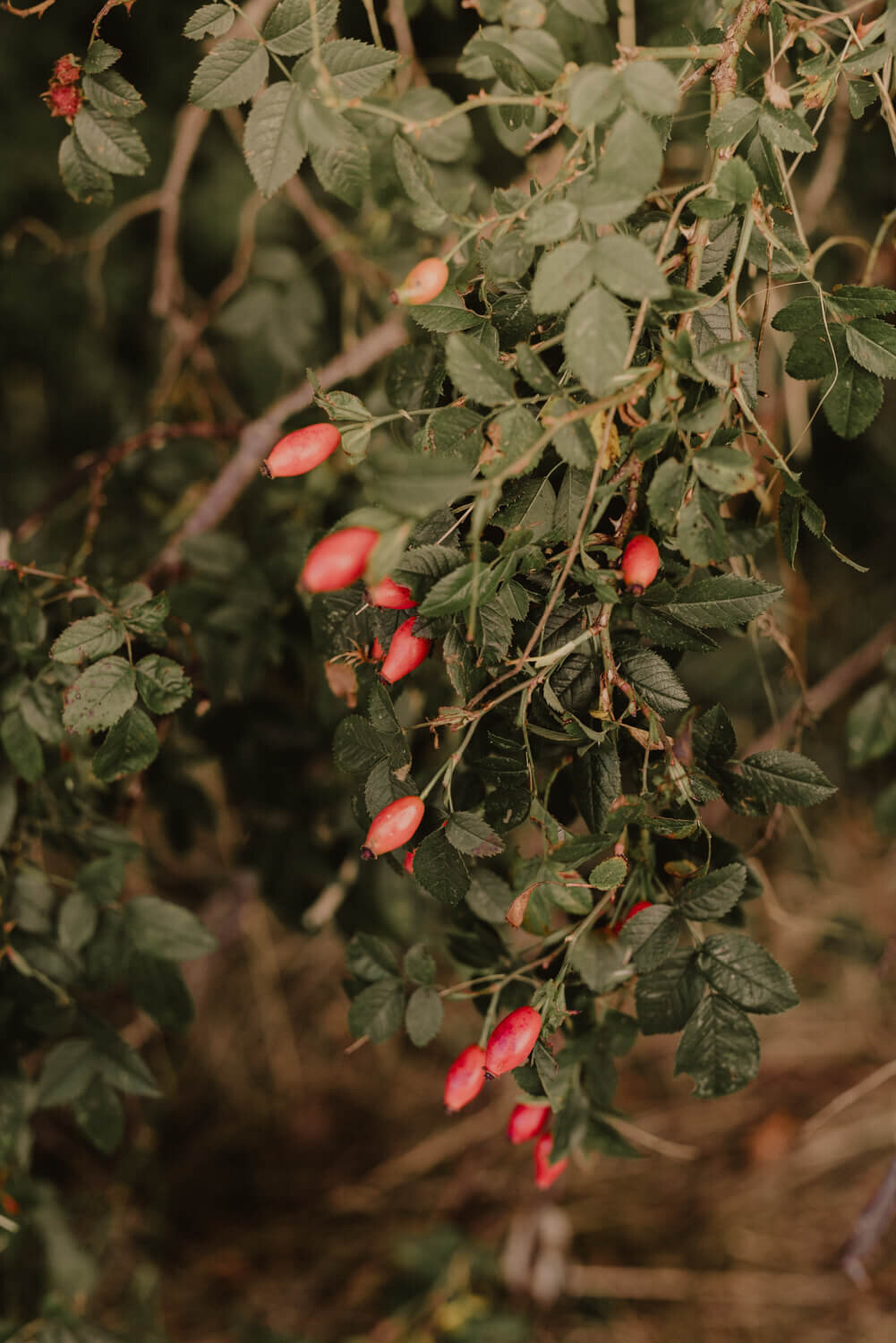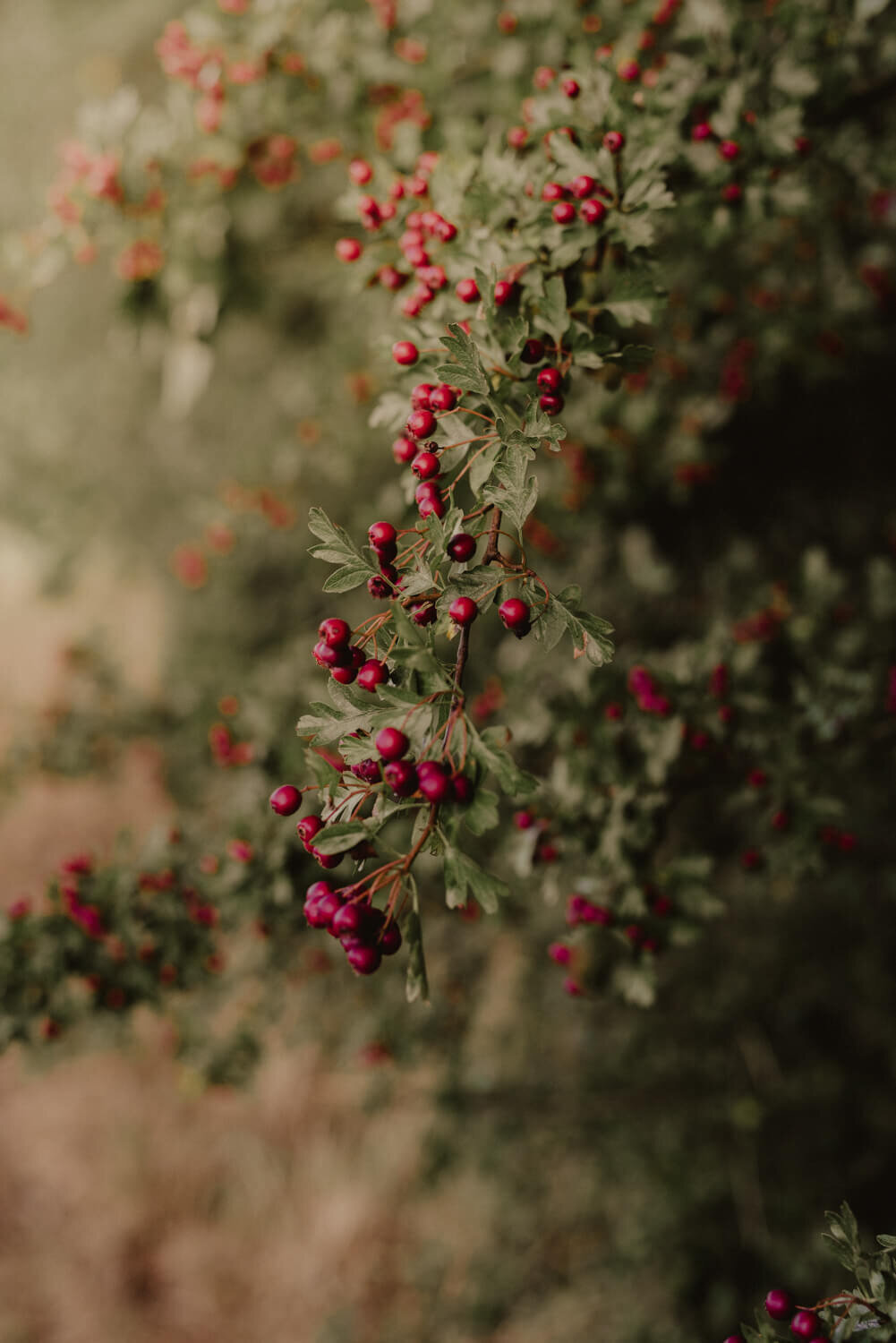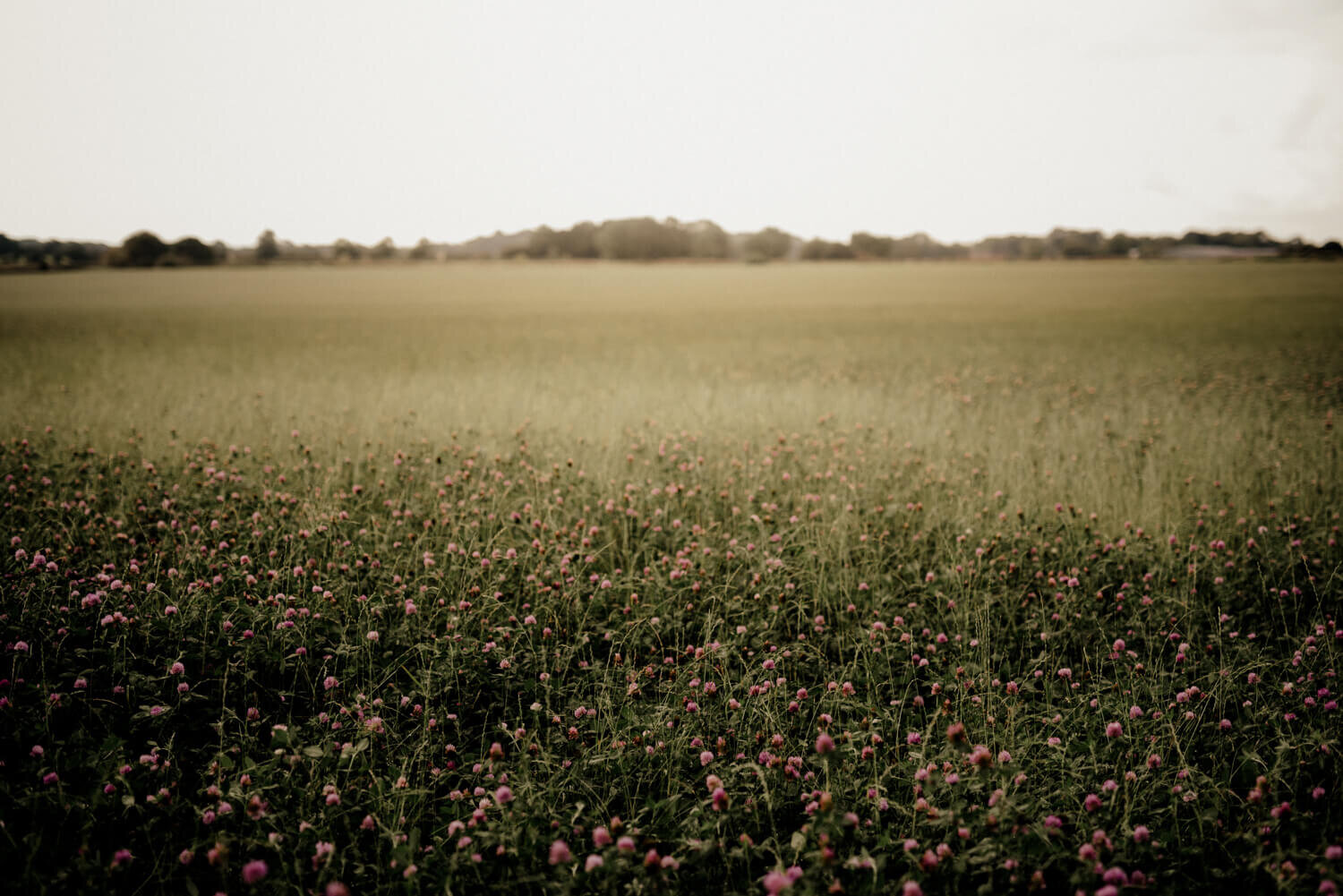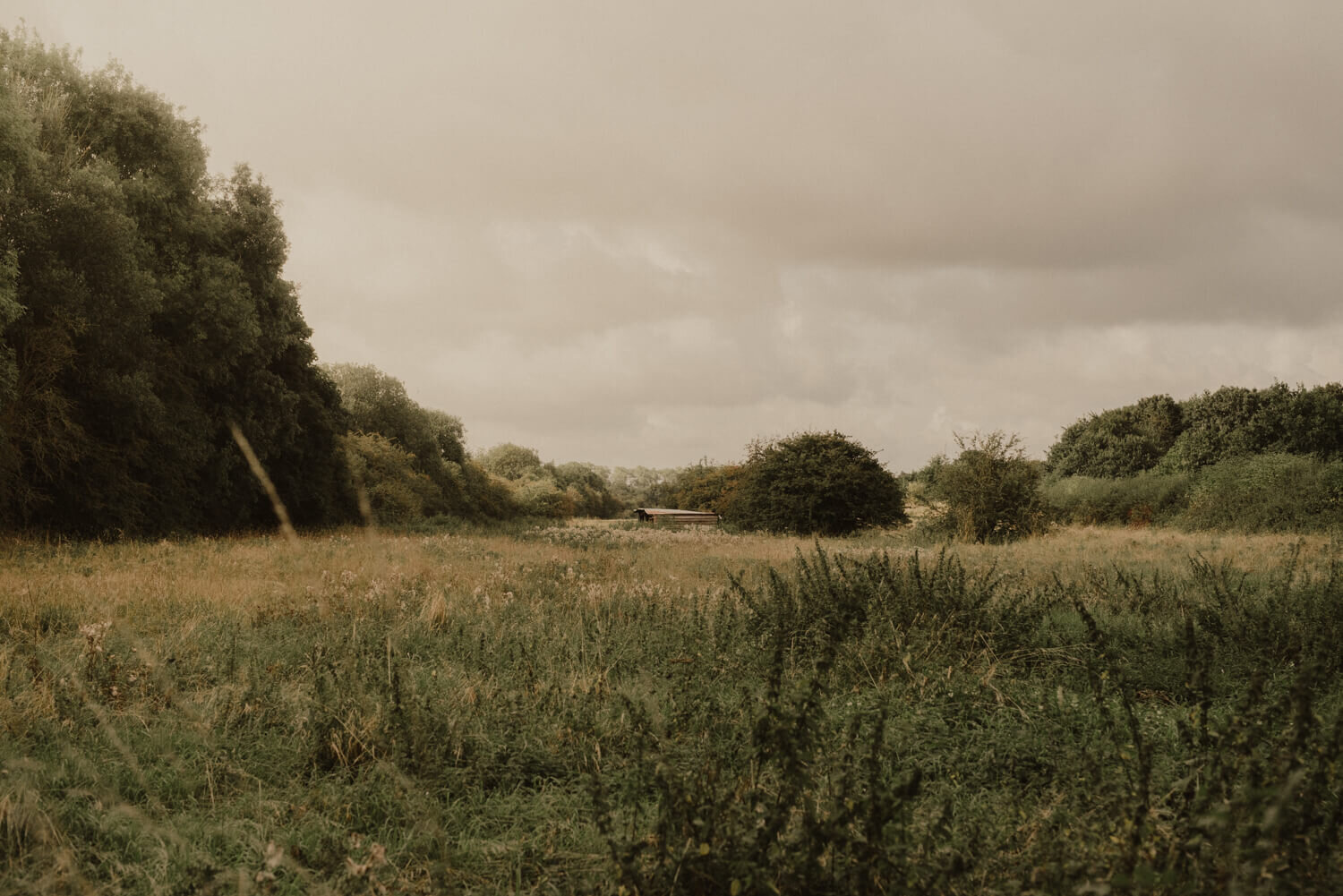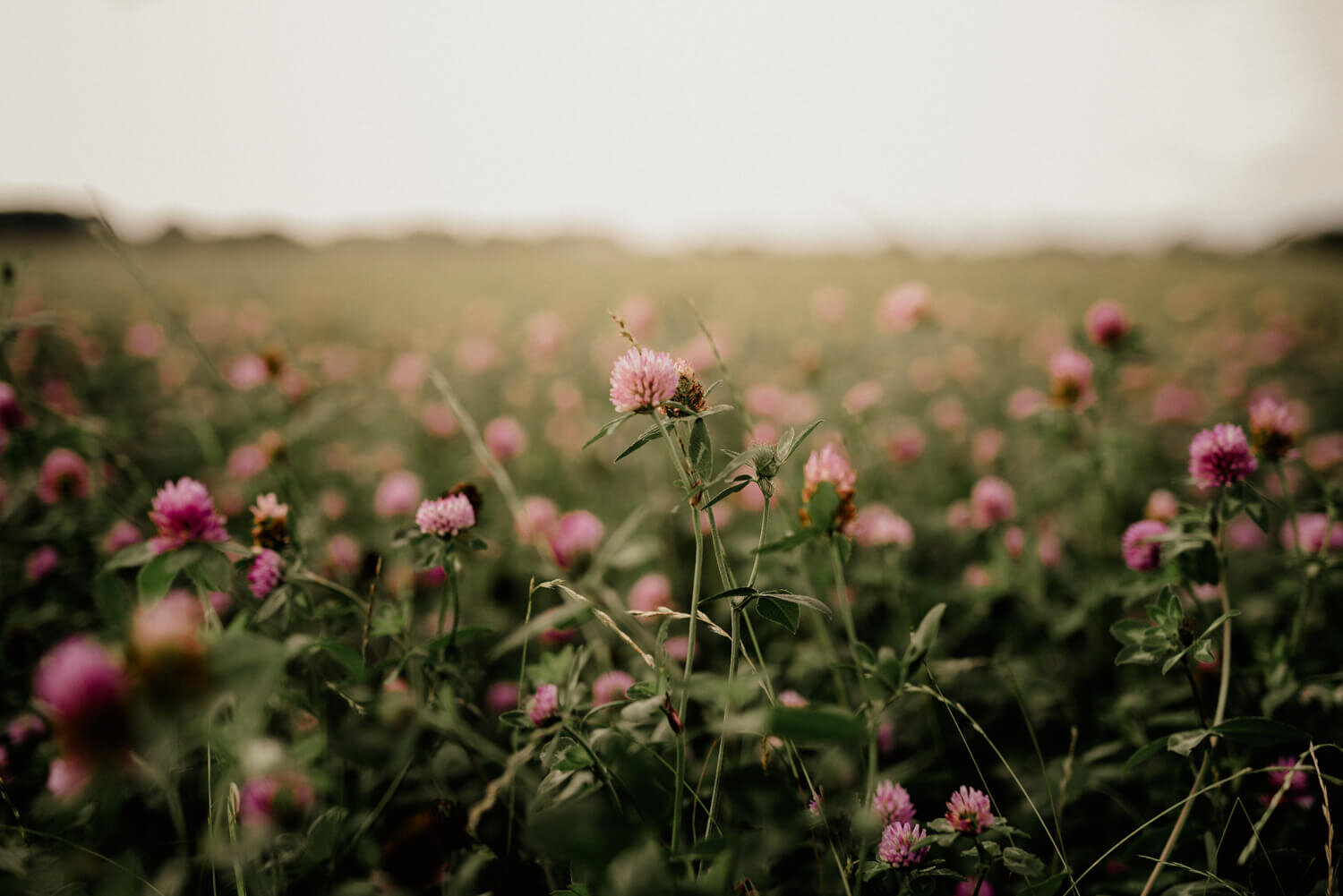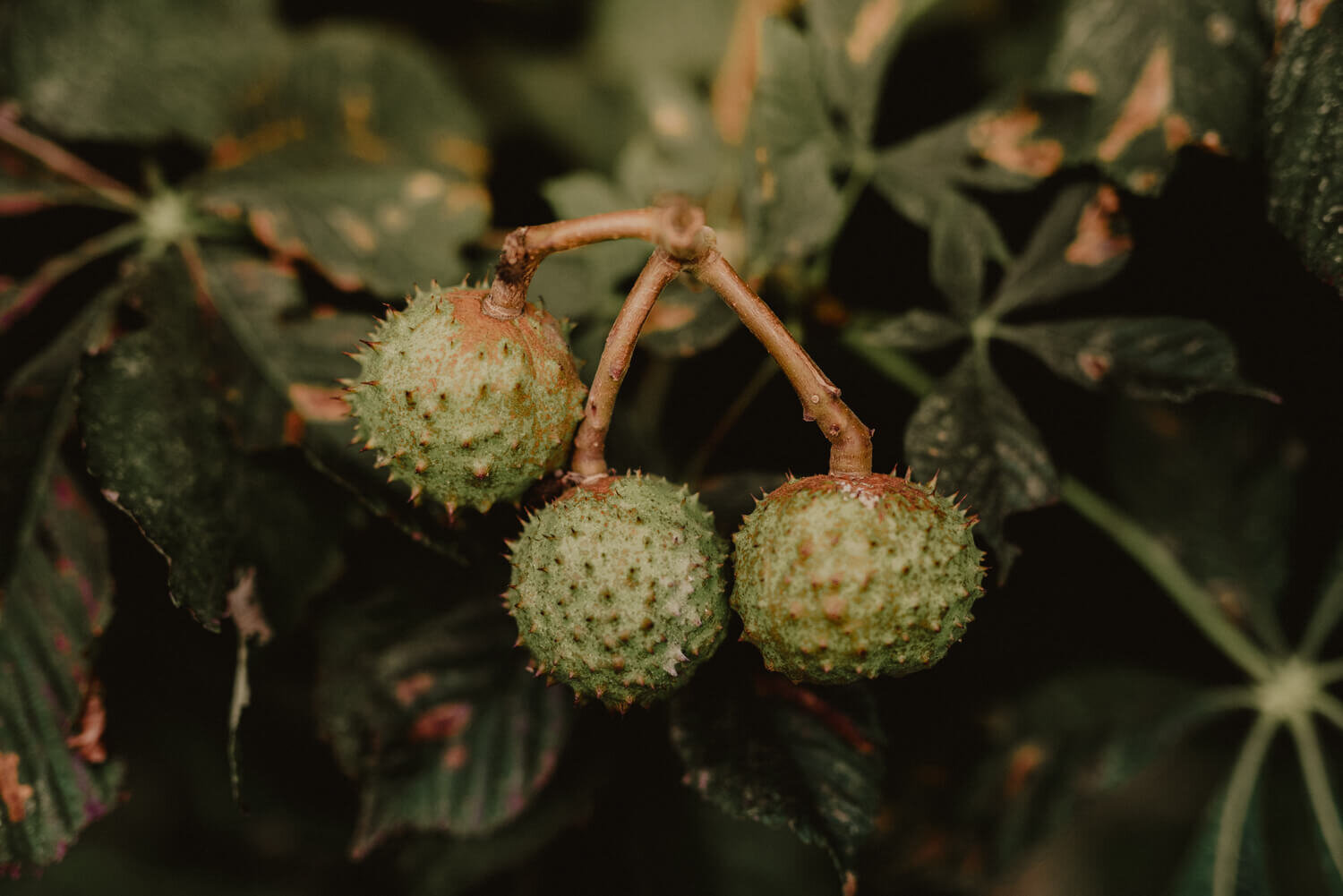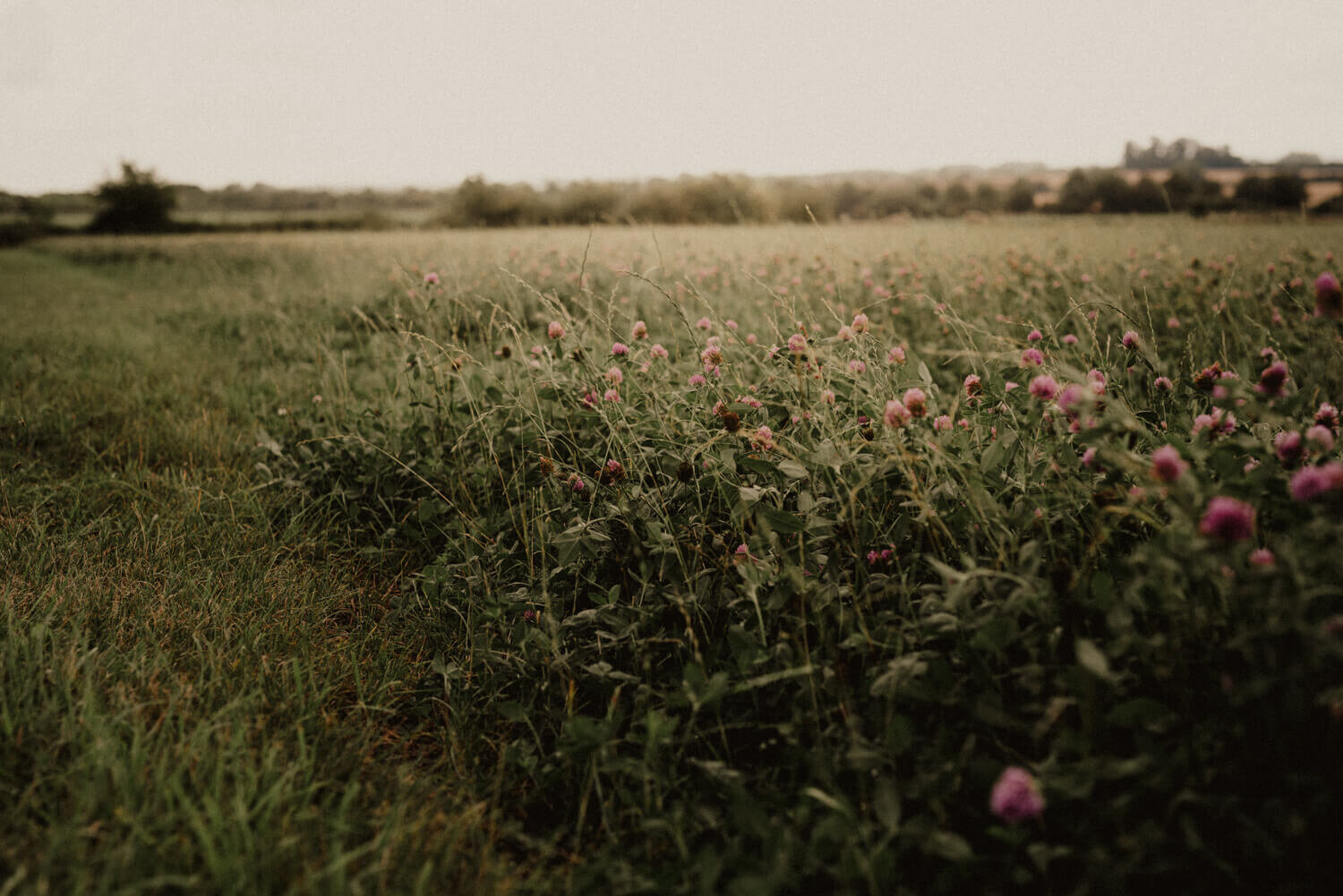What to photograph in nature in September
One of my great loves is watching the seasons change in the landscape on my daily dog walks. Noting the earliness or lateness of the blossoms and fruit, the unfurling of new leaf buds, and the arrival of autumn colour. For these reasons May and September are my favourite months of the year - the time when everything seems to accelerate and the changes can be most keenly seen and felt. The fresh greens turning to golden browns, and the fresh spring air into heavier summer warmth and then onto cooler autumn days.
What to look out for in the hedgerows in September
The September harvest is in full swing now, with hazelnuts, acorns, sloes, elderberries, blackberries, apples and rosehips all still coming into their own. If you can beat the wildlife, beechnuts and hawthorn berries are abundant and fabulous. I have seen some incredible wild rosehips this year and I love making them into a syrup for drinks or on desserts. And who can forget the September sloe gin making ritual. The sloes are looking wonderful already, but wait as long as you dare to pick them - despite their early appearance this year some are still yet to ripen fully. If you're really lucky to be able to forage wild raspberries, they go beautifully with the blackberries in pies and crumbles.
Make a hawthorn berry dyed silk scarf
This is one of my favourite dyes - the berries (and leaves if you don’t want to bother separating the berries off the spikey plants!) make a wonderful natural dye and can be used to make a beautiful golden brown silk scarf for autumn/winter.
Prepare your plain silk scarf (you can buy them from places like Silkcraft) wash well beforehand in pH neutral washing soap) by simmering in a stainless steel pot (not one you use for cooking) for around 45 minutes in a solution of alum (the type designed for use on silk, eg from Jacquard). Ratios vary depending on the alum salts you use, so always follow the directions on the packet. Make sure the fabric has plenty of room to move about freely in the water and does not stick to the sides or bottom. Remove, rinse and wring out excess liquid (always wear gloves). In the cleaned pot add your water and berries/leaves - mash them up and leave to soak for a couple of days. Then simmer for around two hours. Sieve out the plant material, retaining the liquid, then add in your (wetted) silk scarf and keep on a gentle heat until you have a depth of colour you like. Once you have reached your desired shade, remove the silk and handwash gently in pH neutral washing soap and leave to dry.
If learning more about natural dyeing is on your list of things to do this autumn/winter then do read more about my online natural dye course here for more information - we begin in October.
